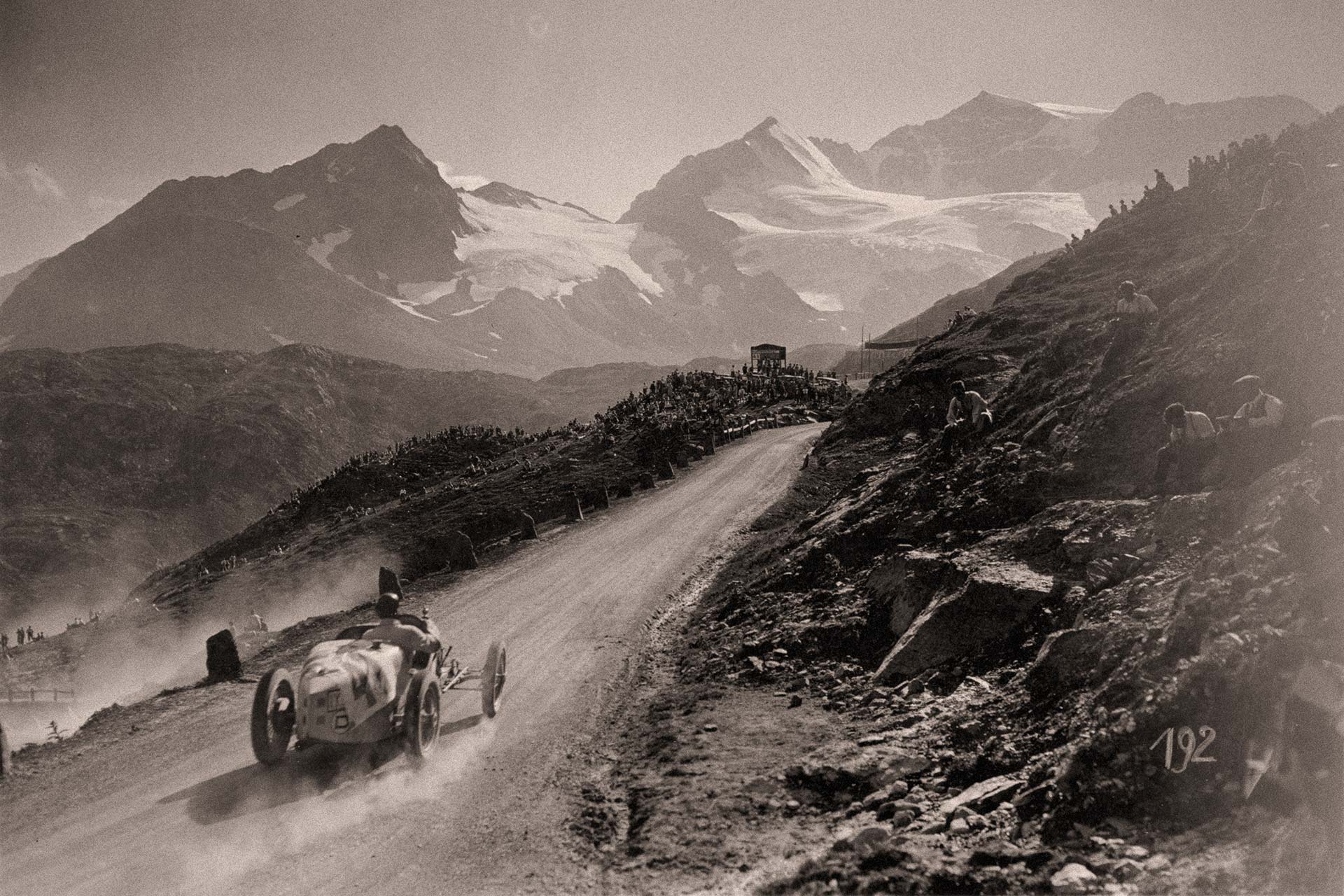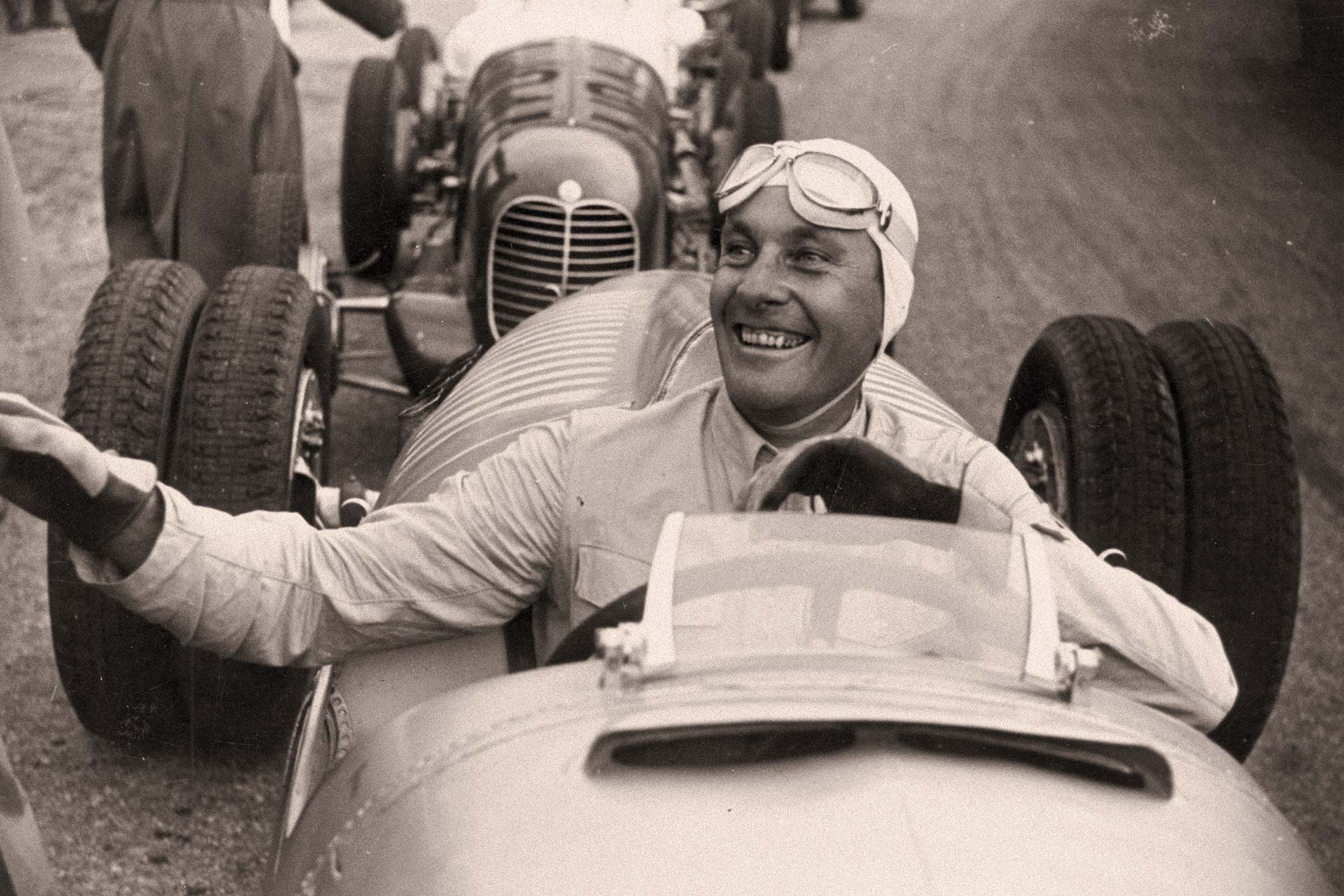When the sound of historic engines echoes over the passes of the Engadine, one thing is certain: the Bernina Gran Turismo lives on a tradition that goes back almost 100 years. What is now celebrated as one of the most stylish historic mountain races in Europe has its origins in a time when motoring in the high mountains was still an adventure.
A bold idea in the heart of the Alps
In 1929, in an era of new beginnings and technical fascination, visionary Engadin tourism pioneers initiated the first International St. Moritz Automobile Week. Their aim: to attract guests from all over the world to the Engadin in summer and celebrate the still young freedom of the automobile - because it was only in 1925 that Graubünden lifted the general ban on cars.
The centrepiece of this automobile week was the legendary Bernina mountain race: a challenging race over around 16.5 kilometres, from the valley near La Rösa up to the heights of the Bernina Pass. The event quickly established itself as one of the most challenging mountain races in the Alps.
The big names - Stuck, Chiron and Co.
The first Bernina mountain races attracted the best riders of their time.
1929 dominated Hans Stuck from Villiez on his Austro-Daimler ADR 3.0 and set the scene with a best time of 14:58.4 minutes a first record for racing cars. In the following year, none other than Louis Chiron on his Bugatti T47 - a name that would later become just as legendary in international motorsport.
Other well-known brands such as Mercedes-Benz, Bugatti, Alfa Romeo, Lancia and Lagonda competed for the Bernina Grand Prix, which further emphasised the early importance of the race.

More than a race - a mobility manifesto
In addition to the hill climb, Automobilwoche also included the famous Kilomètre lancé - an acceleration race over one kilometre on the track specially designed by Shell newly tarmaced road between Punt Muragl and Samedan. This so-called "shell road" still exists today - a silent witness to an era that redefined mobility in the high mountains.
The results of 1929 - a look back in history
The first race class results bear witness to real motorsport history:
- Touring car best timeGildo Strazza (Lancia) - 17:47.8
- Sports car best time: A. Momberger (Mercedes-Benz) - 16:05
- Race car best timeHans Stuck (Austro-Daimler) - 14:58.4
Whether touring cars, sports cars or Grand Prix cars - the Bernina Pass demanded everything from the drivers: courage, technical understanding and driving precision.
From myth to revival: the spirit lives on today
Today, with the Bernina Gran Turismothis pioneering history becomes tangible again.
Since the new edition in 2015, the event has consciously continued the tradition - not as a nostalgic replica, but as an authentic further development: curated, stylish, powerful.
On the same track, round the same bends, classics that have made history are racing today - and writing a new chapter in the process.
Bernina Gran Turismo - where the past does not remain the past, but becomes the future.
